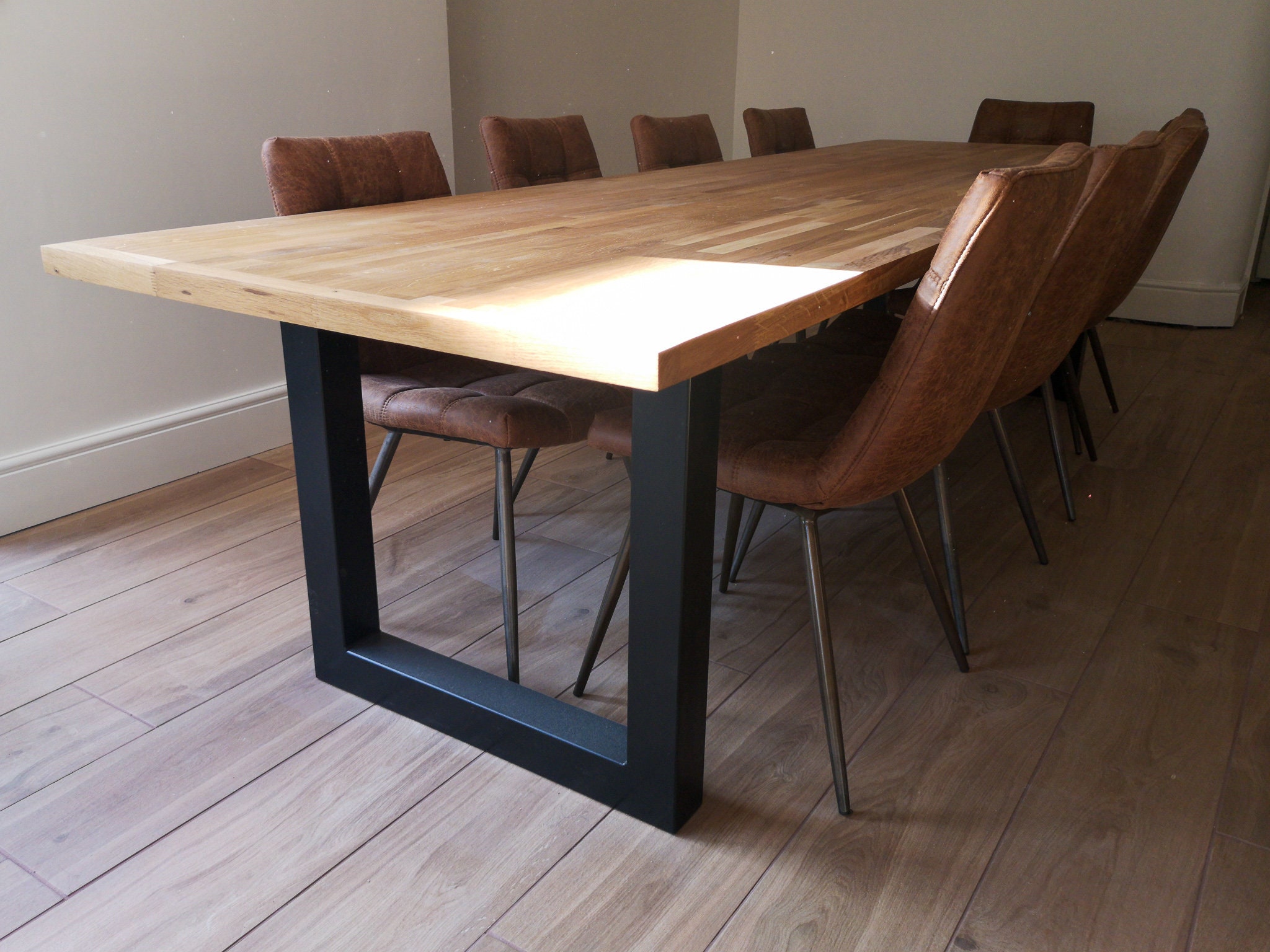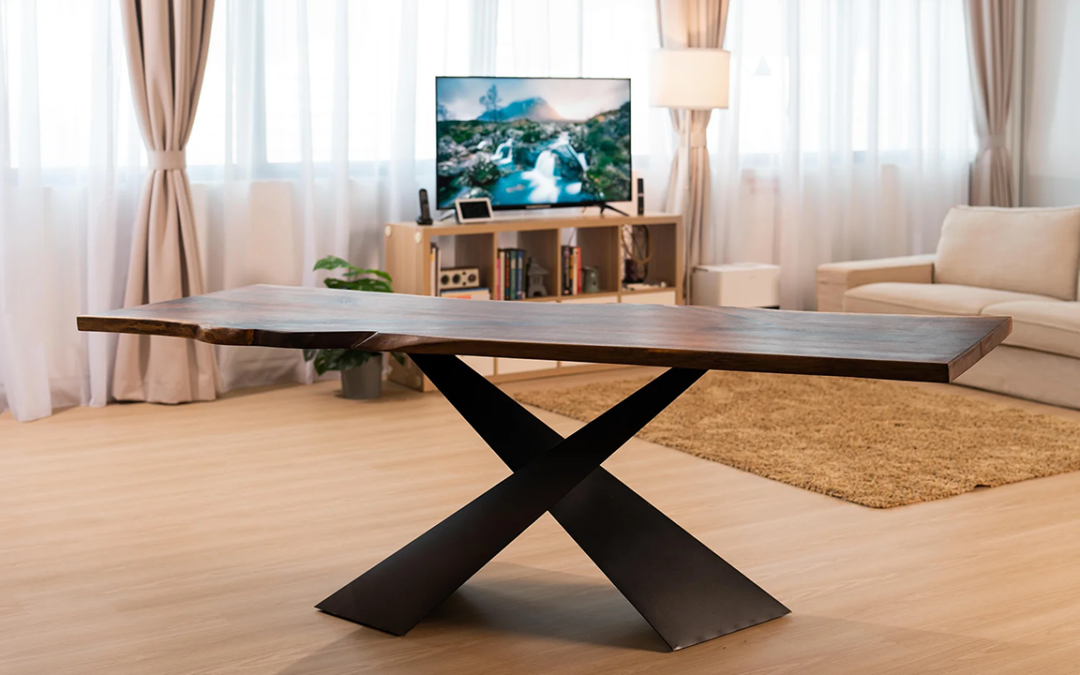Discovering Various Layouts for Dining Room Table Legs to Suit Your Visual
Discovering Various Layouts for Dining Room Table Legs to Suit Your Visual
Blog Article
Choosing the Perfect Table: What Styles Job Best for Your Home?
Choosing the ideal dining table for your home can be a nuanced procedure that stabilizes aesthetic appeals and performance. To navigate these options successfully and find a table that genuinely complements your home, think about the following elements in information.
Assessing Your Space
Evaluating the measurements and layout of your dining area is a critical initial step in selecting the perfect table. Begin by measuring the size and width of the space, making up entrances, home windows, and various other building attributes that can influence table placement. This ensures that your table not only fits yet additionally allows for comfortable motion around it.
Think about the number of individuals you generally entertain. A table ought to suit your home's day-to-day demands while supplying sufficient flexibility for periodic visitors. Generally of thumb, designate at the very least 24 inches of table width per person to ensure a comfortable eating experience.
It's additionally crucial to preserve proper clearance around the table. Ideally, there ought to be at the very least 36 inches in between the table edge and walls or various other furniture, allowing easy accessibility and activity. For areas where chairs with arms or additional storage space devices like buffets are included, enhancing this clearance to 48 inches is recommended.
Illumination and atmosphere play significant roles. Ensure that your eating table lines up with existing lighting components or plan for adequate lights solutions. This thorough spatial evaluation guarantees that your table not only fits literally but additionally balances with your room's overall capability and aesthetic.
Popular Table Styles

Conventional eating tables commonly include luxuriant information, rounded legs, and rich wood coatings, stimulating a feeling of ageless beauty. They are ideal for homes with classic decor or those aiming to add a touch of elegance to their dining location.
Modern dining tables prioritize simplicity and clean lines, frequently including products like glass and metal. These tables are perfect for contemporary rooms, supplying a smooth and uncluttered appearance that matches minimalist design ideologies.
Rustic eating tables, on the other hand, emphasize all-natural materials and a handmade appearance - dining room table legs. They typically feature redeemed timber and a distressed coating, producing a warm and welcoming atmosphere. These tables function well in farmhouse-style homes or those looking for a cozy, natural feel
Industrial dining tables incorporate resources such as steel and wood, commonly showcasing an utilitarian aesthetic. This design is appropriate for loft spaces or metropolitan spaces, including a touch of rugged beauty and longevity to the dining experience.
Each design provides distinctive advantages, making it crucial to select one that straightens with your home's total style and your individual preferences.
Product Choices
When choosing an eating table, the choice of product plays a vital role in establishing both the table's visual appeals and capability. Wood, metal, glass, and composite products each deal distinct advantages and difficulties, making it critical to align the product with your home's decor and lifestyle needs.
Timber is a timeless and flexible choice, readily available in ranges such as oak, walnut, and mahogany. Known for its durability and warmth, wood enhances both conventional and contemporary interiors. Nevertheless, it requires routine upkeep to stop scrapes and bending.
Steel tables, commonly crafted from stainless-steel, aluminum, or functioned iron, are commended for their modern-day allure and click to read robustness. They are particularly suited for commercial or minimalist settings but can be prone to dents and may feel cold to the touch.
Glass dining tables bring an air of elegance and visibility, perfect for smaller sized rooms as they develop an impression of even more space. While simple to clean, glass can be prone to spots and calls for cautious managing to prevent chips and fractures.
Composite materials, such as MDF and plywood, offer cost-effective and customizable options, though they might lack the long life of natural materials. Selecting the ideal product guarantees your eating table is both a practical asset and a visual joy.
Forming and Size Considerations
After identifying the appropriate material for your eating table, the next factor to consider is choosing the appropriate shape and dimension to suit your area. Conversely, round tables promote a feeling of intimacy and are outstanding for smaller eating areas, urging discussion by eliminating corners and making every person feel similarly consisted of.
As a rule of thumb, assign at least 24 inches of table width per person to anchor guarantee comfortable dining. Furthermore, think about the table's clearance area: there ought to be at least 36 inches in between the table side and the wall surfaces or other furniture. Prolonging tables provide versatility if you find out here frequently host bigger gatherings, offering additional seating when required without inhabiting additional area daily.
Matching Your Design
Choosing a table that harmonizes with your existing style is essential in producing a cohesive and welcoming space. Begin by analyzing your present interior decoration style, whether it be contemporary, typical, rustic, or eclectic. The table must complement the total aesthetic, not complete with it. A smooth, minimal table with tidy lines is optimal for a modern home, while a vintage, elaborate table matches a much more typical setting.
Shade and product are equally considerable. If your style features cozy tones and natural products, take into consideration a wooden table to improve the natural feeling. Conversely, a glass or metal table might be extra appropriate in an area dominated by cool shades and commercial elements. Take note of the finish, as it ought to mirror various other furnishings and fixtures to preserve consistency.
Texture plays an important function also. A rough-hewn, redeemed wood table can add character to a rustic room, while a polished marble surface can elevate a glamorous dining area. Take into consideration the range and percentage of the table in connection to the space size and existing furniture. A well-matched dining table not just boosts aesthetic charm but also improves the total dining experience.

Verdict
Choosing the suitable eating table requires cautious factor to consider of area, style, materials, shape, and size. Conventional tables complement traditional interiors with abundant timber coatings, while contemporary tables fit contemporary settings through glass and metal.
Report this page